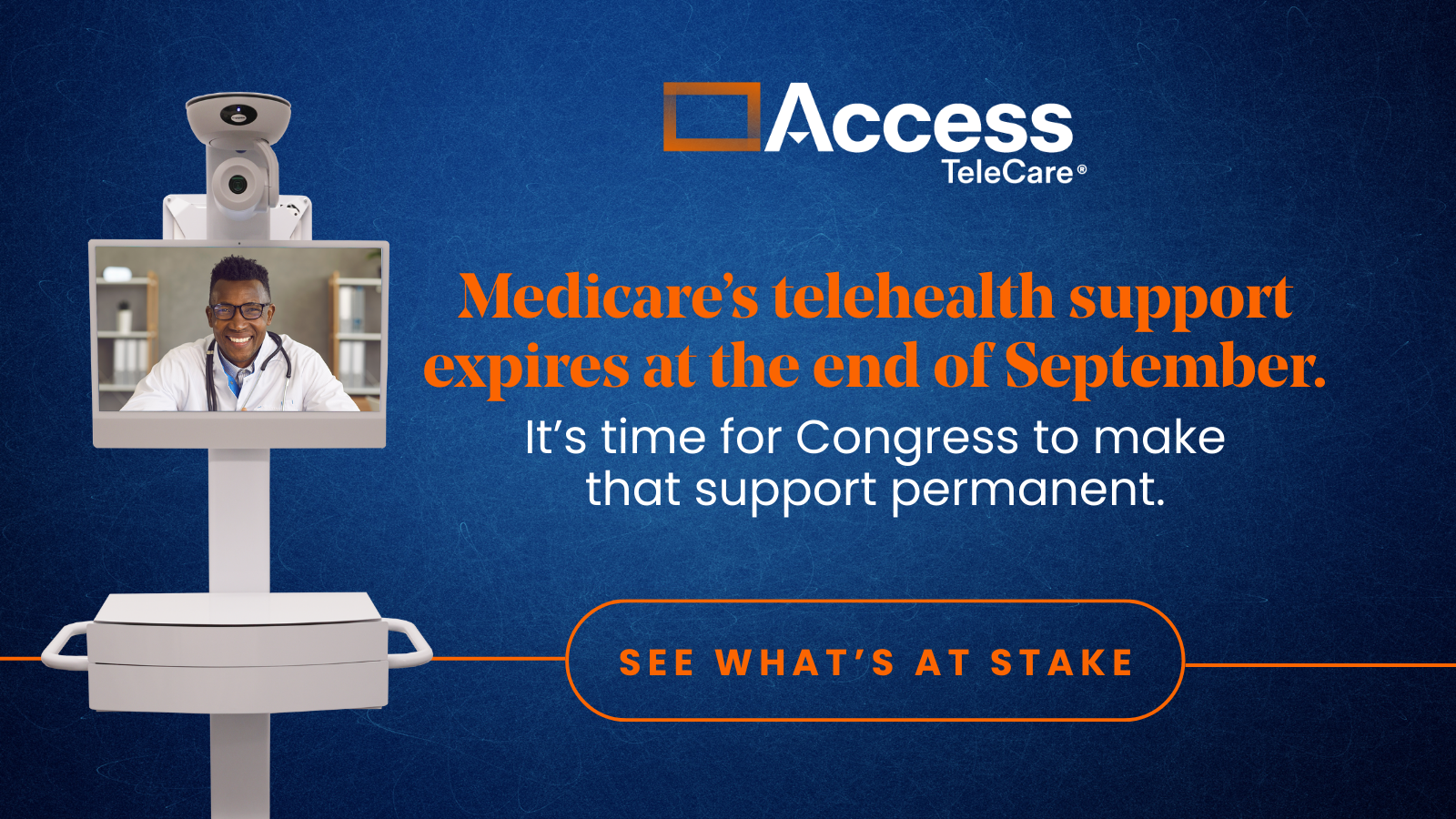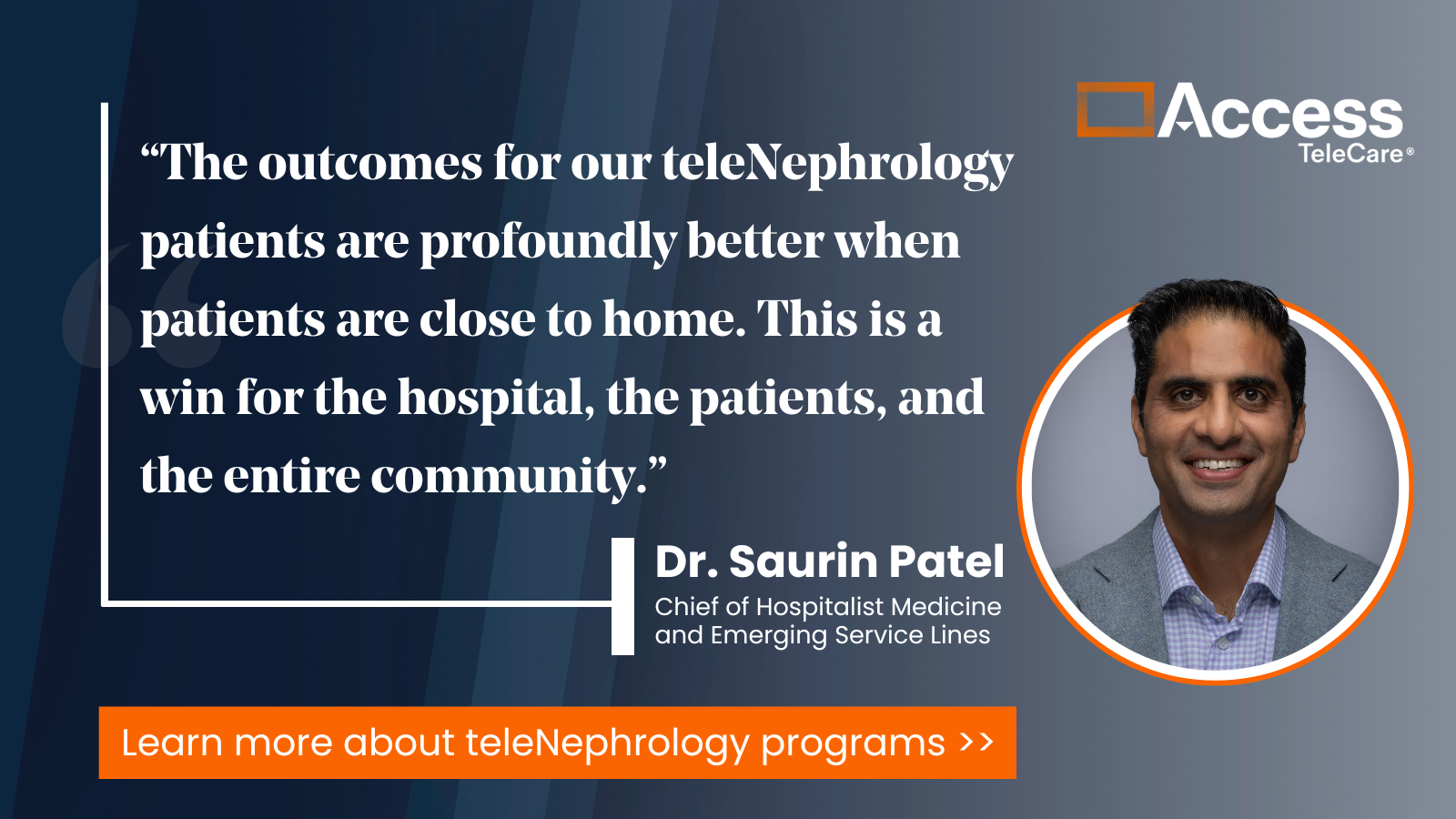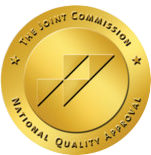Chris Gallagher, M.D., CEO of Access TeleCare discusses the difference between telehealth and specialty telemedicine in an article published by the American Telemedicine Association:
“Survey after survey of health care consumers in 2022 found both increasing rates of use of telehealth visits and of satisfaction with them. All of these studies from AHIP and RAND to the American Medical Association and J.D. Power credit, at least in part, the pandemic for accelerating adoption of telehealth. Consumers and physicians alike are satisfied overall with the delivery of virtual care, citing its convenience and ease-of-use, and believe that its increased rate of use and acceptance will continue even after the pandemic’s end.
These studies all focus on direct-to-consumer physical and behavioral health services where consumers can connect with a healthcare professional remotely, from their home or office or wherever they find themselves.
Telemedicine in an Unsettled Telehealth Industry
Despite the increasing rates of use and satisfaction, however, some of the biggest names in direct-to-consumer telehealth had a tumultuous year. Acquisitions that didn’t meet expectations, below-projected revenue, higher losses, and falling stock prices were commonplace.
As the direct-to-consumer telehealth market sorts itself out and works through who will be the dominant players, differentiating high-acuity, specialty telemedicine is critical. Telemedicine – bringing specialists to hospitals and clinics via technology – to consult with both patients and on-site clinicians as part of a care team is very, very different from direct-to-consumer telehealth. Read more about the Access TeleCare telemedicine process.
Learn more about how specialty telemedicine differs from telehealth here.









